Opels are back in New Zealand, shining brighter than ever. Not the multicoloured gems from Australia; that would be opals. These new ones are from Germany. Opel cars are no longer part of GM as they used to be back last century when you could buy a Vectra, for example, as an option to a Corona or a 626.
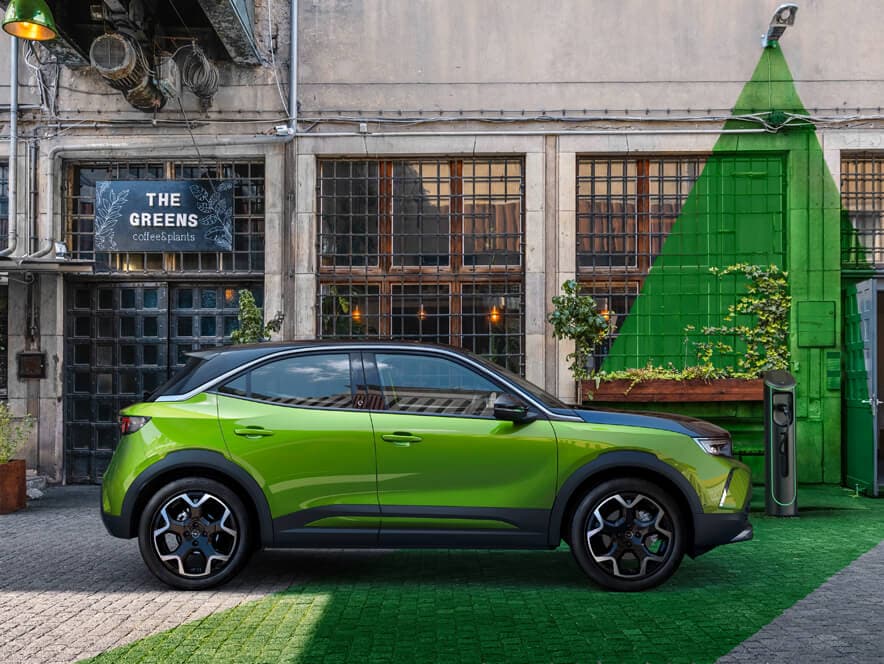
Nowadays, Opel comes under the Stellantis umbrella, and is a sister brand to Peugeot/Citroen. Product is designed in Germany and built in France. Opels share platforms and powertrains with PSA product. Initially, buyers here will have the choice of Corsa, a small car that has supplanted Fiesta in the UK as a best seller, or Mokka, a stylish compact SUV. Both will be available with a small 1.2L triple combustion engine, but most enquiries, they tell us, have been for the electric variants, both of which use a 100kW/260Nm electric motor driving the front wheels.
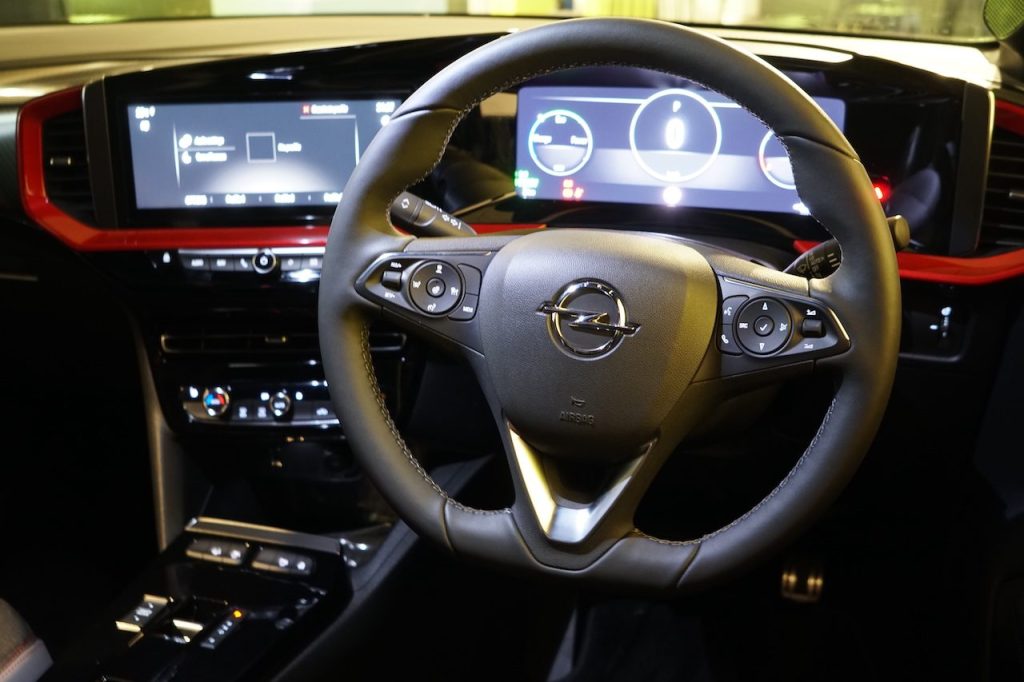
Naturally there’s a significant difference in price for the emissions-free pair, on account of there being a 50kWh battery pack underpinning the electric experience. Think $38,990 as a starting price for petrol-powered Mokka, and $69,990 (plus ORCs) for the full electric version, though after the full clean car rebate of $8625 that means a price in the early sixties.
Corsa SRi kicks off at $36,990 while its electric sib will set you back $59,990 before the full rebate. On that, both of the petrol-powered variants are also eligible for rebates; the Mokka Edition buyer, for example, receives $1923 back from the government, as does the $44,990 SRi buyer (who gets the fancy digital instruments also present in the electric variant).
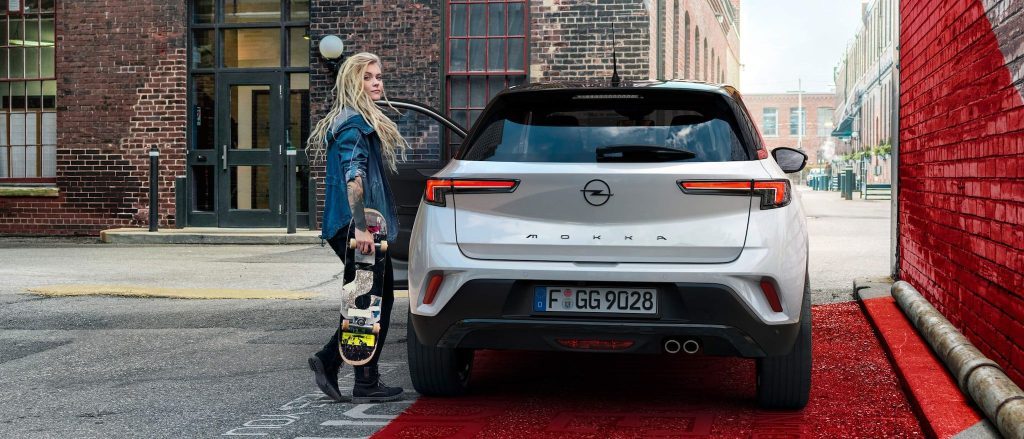
Since the local distributors, Armstrong Motor Group, indicated in March of this year that Opel was returning with a mix of electric and combustion models, a significant majority of 5000 enquiries are for the two electric models. Guess that’s no real surprise given the clean car rebate available on EVs and the fact that fuel prices remain stubbornly high, whereas you can refuel off power at home for a fraction of the price if you go electric. And you pay no roading tax either (a saving of around $800).
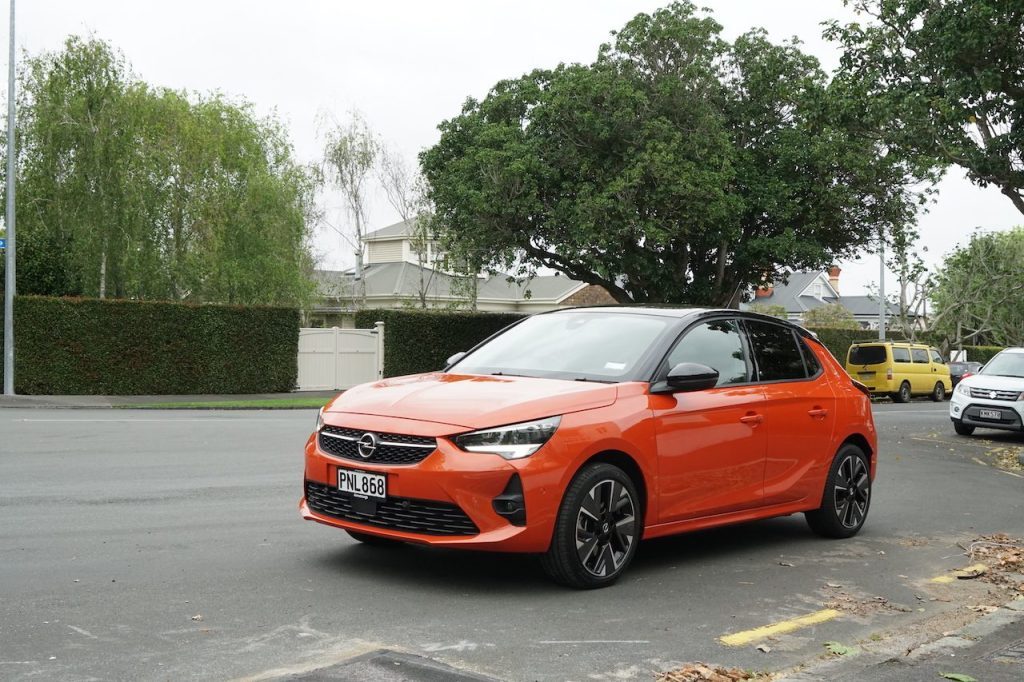
So then, a bit of a recap on revitalised Opel and what’s coming. The company has been around for a very long time, since the 1860s, although it didn’t build its first car until 1899. Fast forward a century and a bit to when Opel was sold by GM to the Stellantis Group; only that period is relevant here, given that’s where the product building blocks arise. It’s somewhat ironic that the firm’s current logo, a lightning bolt, used since 1963, is now entirely up to speed because by 2028 all of Opel’s product will be fully electric.
The brand then is back in a rebuilding phase, its first products being in the small car and small SUV sectors, Corsa and Mokka, as mentioned, with a slightly larger SUV, Grandland, due early next year and Astra nameplates soon thereafter. The design aesthetic is “bold and pure”, as indicated in a recent interview with Mark Adams, VP of Design for Opel.
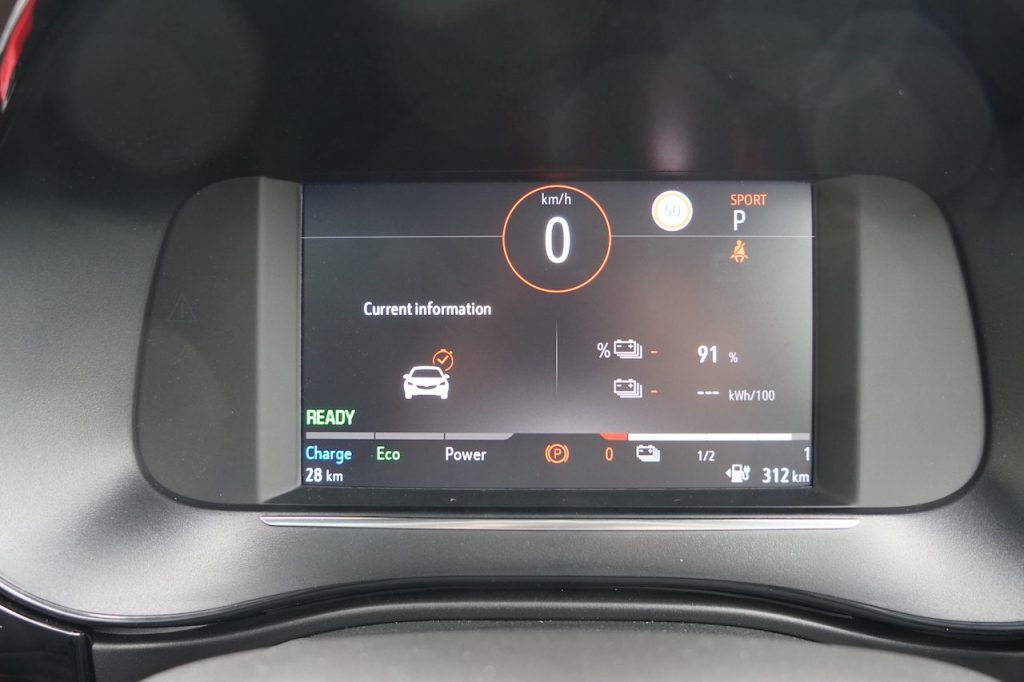
Another notable point is that Opel arrives here as the lowest emitting generalist brand in New Zealand, or so it claims, with a CO2 product average of 80g/100km. That’s said to be about one-half of the NZ average, replete as it is with utes whereas Opel’s line-up includes a high proportion of electrified vehicles. The German is benefitting from the Stellantis group’s ongoing $US30b investment in electrification.
And on the emissions-free models, the initial examples are Corsa-e with a WLTP range of 383km from its 50kWh battery pack and Mokka-e offering a 363km range from the same sized battery.
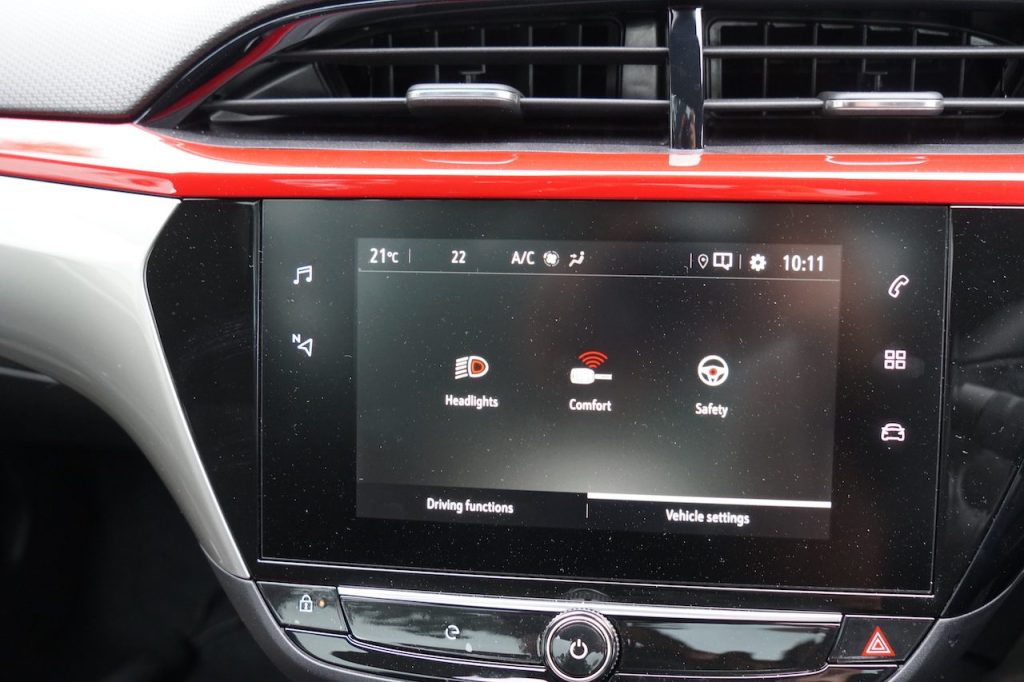
These and combustion-powered models will be available from nine local dealers, spanning the country from Auckland’s North Shore to Christchurch currently. Opel, which is said to be the fastest-growing German brand in the European Union, will have only ‘electrified’ models on offer by 2024.
Corsa is available in just SRi specification, petrol or electric, so comes with luxo items like heated seats, adaptive matrix LED headlights, fully digital instrumentation and a semi-autonomous driving mode comprising adaptive cruise with stop and go, and lane keeping (switchable). Other features include a heated steering wheel, 309L of luggage space, a panoramic view reversing camera and, in the petrol variant, an eight-speed auto.
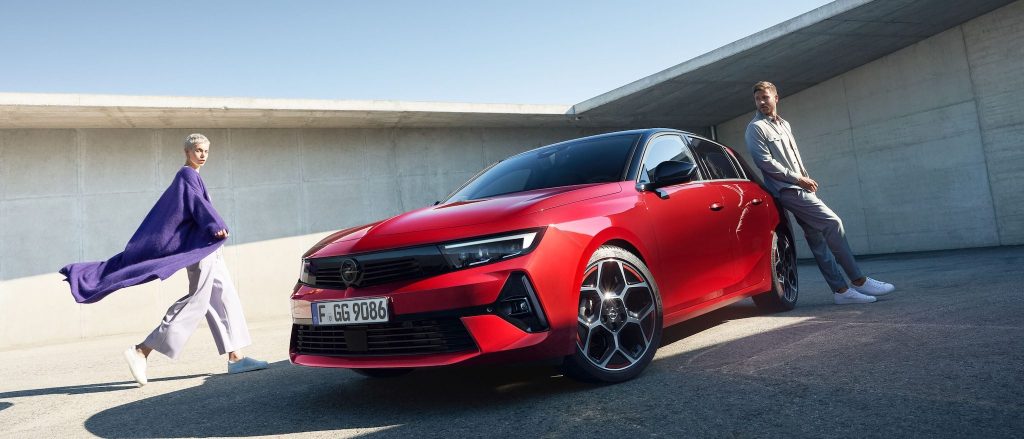
The electric model features Eco, Normal and Sport drive modes, with two levels of regeneration. Corsa is available in six colours, and we drove the orange electric version briefly. Both this and Mokka are agreeably modern and easy on the eye, especially the small SUV with its two-tone paint job, the black paint extending from the roof down onto the bonnet. Inside, both have sporty-look seats, neither with lumbar adjust or power operation.
The Corsa-e is pretty stroppy, especially in Sport where it zips up to 100 quickly enough on the motorway and it also goes well in town on the Normal mode. Both of these are notably quiet running, hushed even, with hardly a hum to be heard, at least on the inside. And over some unsettled urban roads they’re both pliant enough to soak up the lumps and bumps.
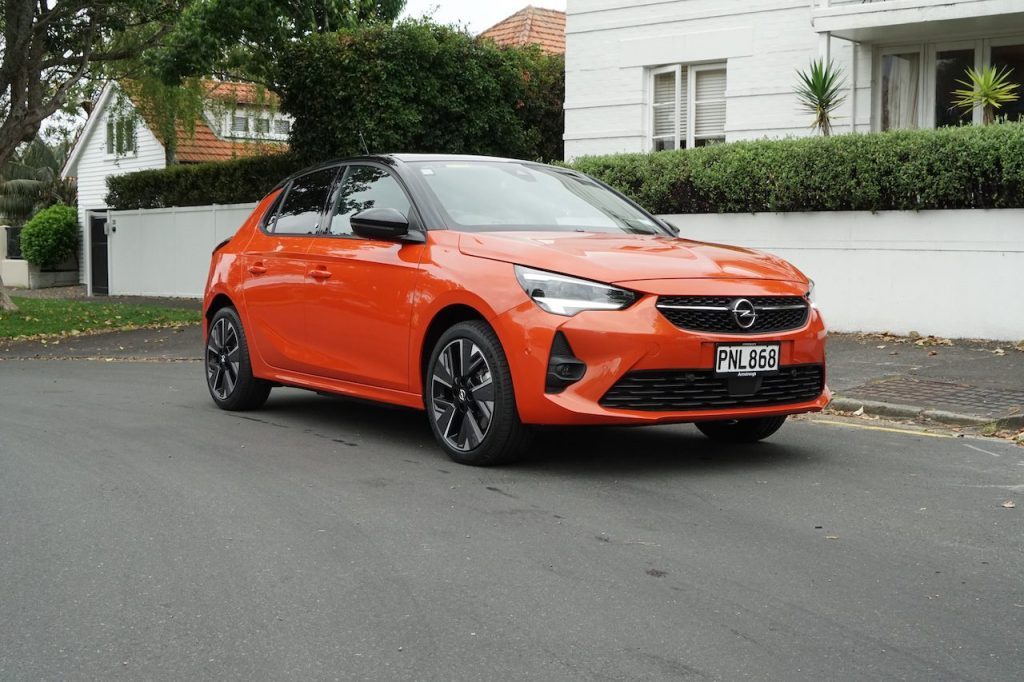
The Corsa feels a bit quicker, as you’d expect being a touch smaller and lighter. And it seems to have a more regular brake pedal feel too. However, the interior of the mini-SUV is more attractive, its full-colour digital instruments vibrant, and they’re much larger being 12 inches in diameter, the touchscreen 10 inches (seven in both for Corsa). There’s also more room in the rear, not that either is exactly generous to backseat passengers.
The SUV styling is next level as well, with a slimline ‘vizor’ up front, comprising the matrix LED headlights, closed grille and Opel logo in the centre. Along the side and following a line from the base of the A-pillar to the bottom of the C pillar is a high-contrast painted section. It’s pretty nifty and the bright paintwork continues to the interior where there’s also more than a smattering of plastic carbon. Both models have their fair share of hard plastics inside but your eye isn’t drawn to them.
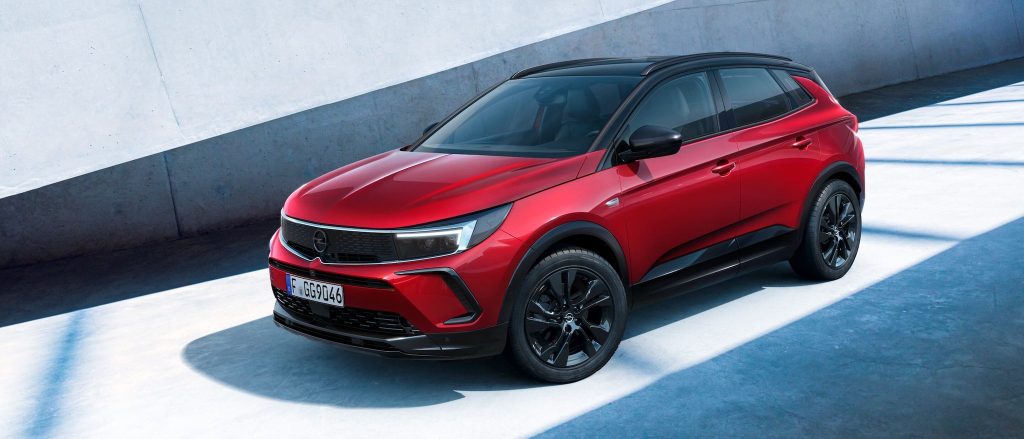
We admired the simplicity of driving here; the HVAC controls have hard buttons, lane keeping is easily cancelled at the touch of a button, and regeneration is either mild or moderate. There’s not too much to distract you, and smartphones integrate easily.
As to competition, Opel personnel don’t see Peugeot product as being rivals but rather models from the VW Group. Be that as it may, the Opel Corsa-e undercuts the e-208 by a couple of thousand ($61,990) while the Mokka is $4k less than the e-2008 for similar mechanicals. Other electric rivals for Mokka-e include Atto3 Extended range, Niro, Kona and ZS EV.


